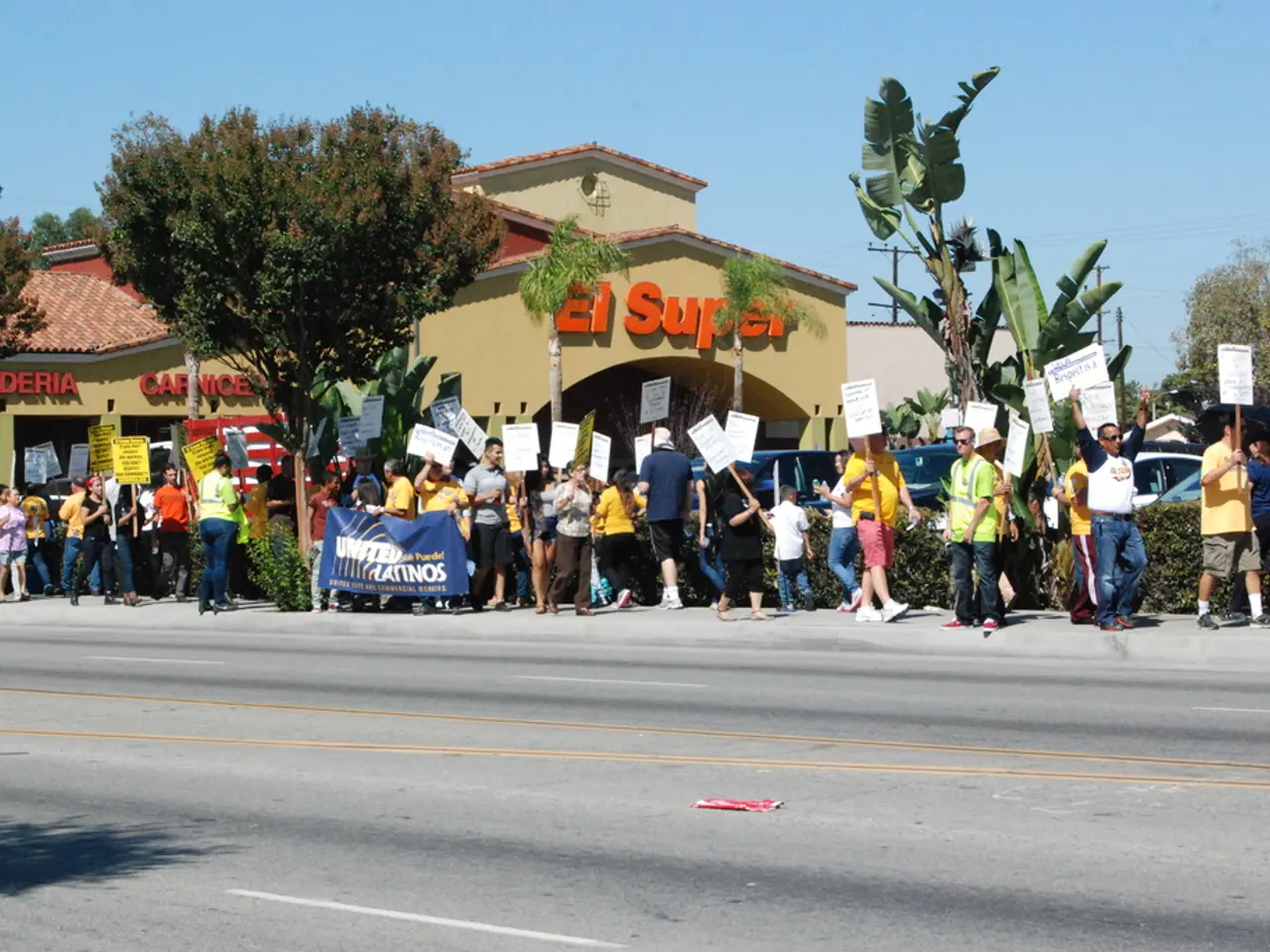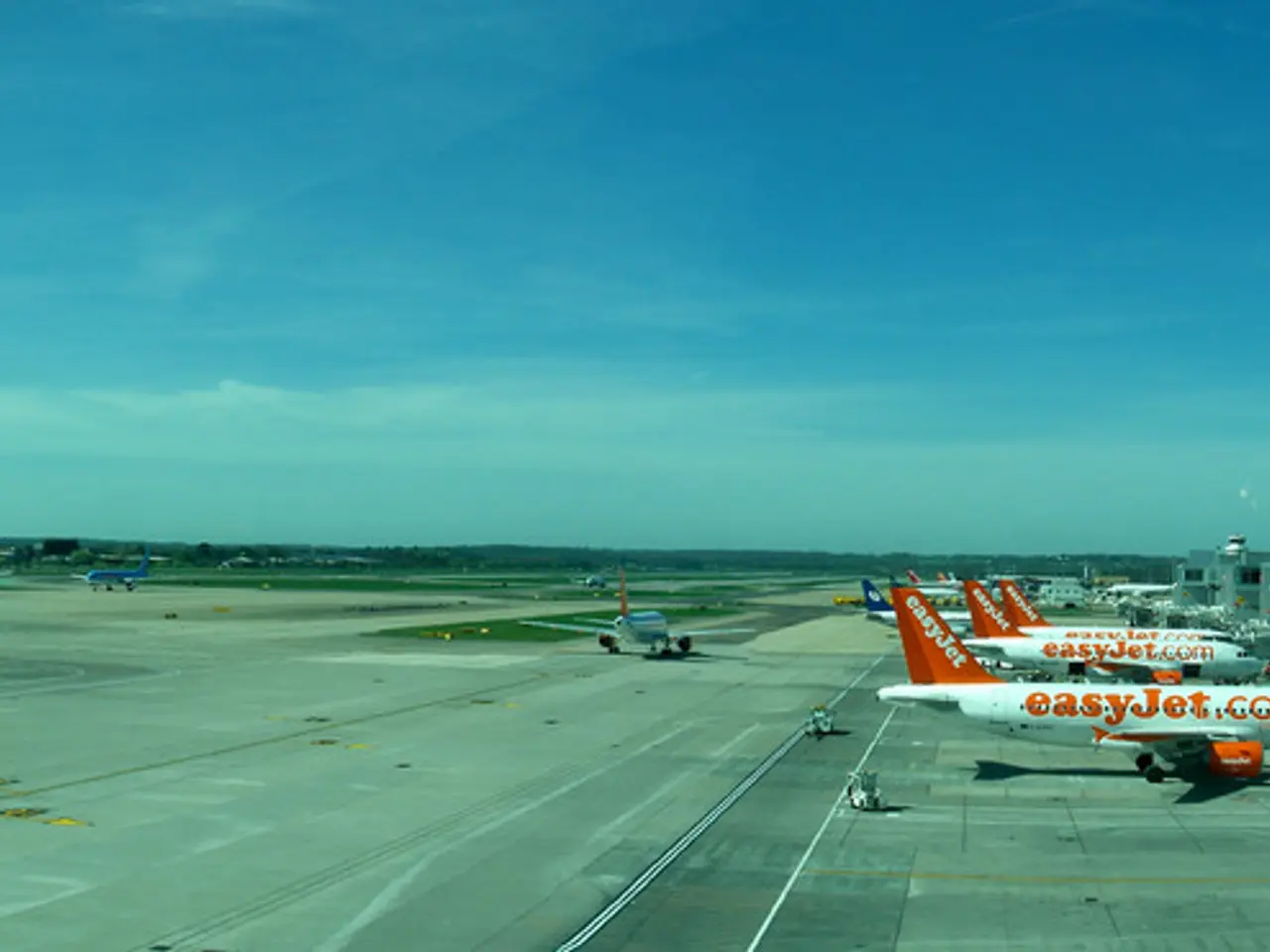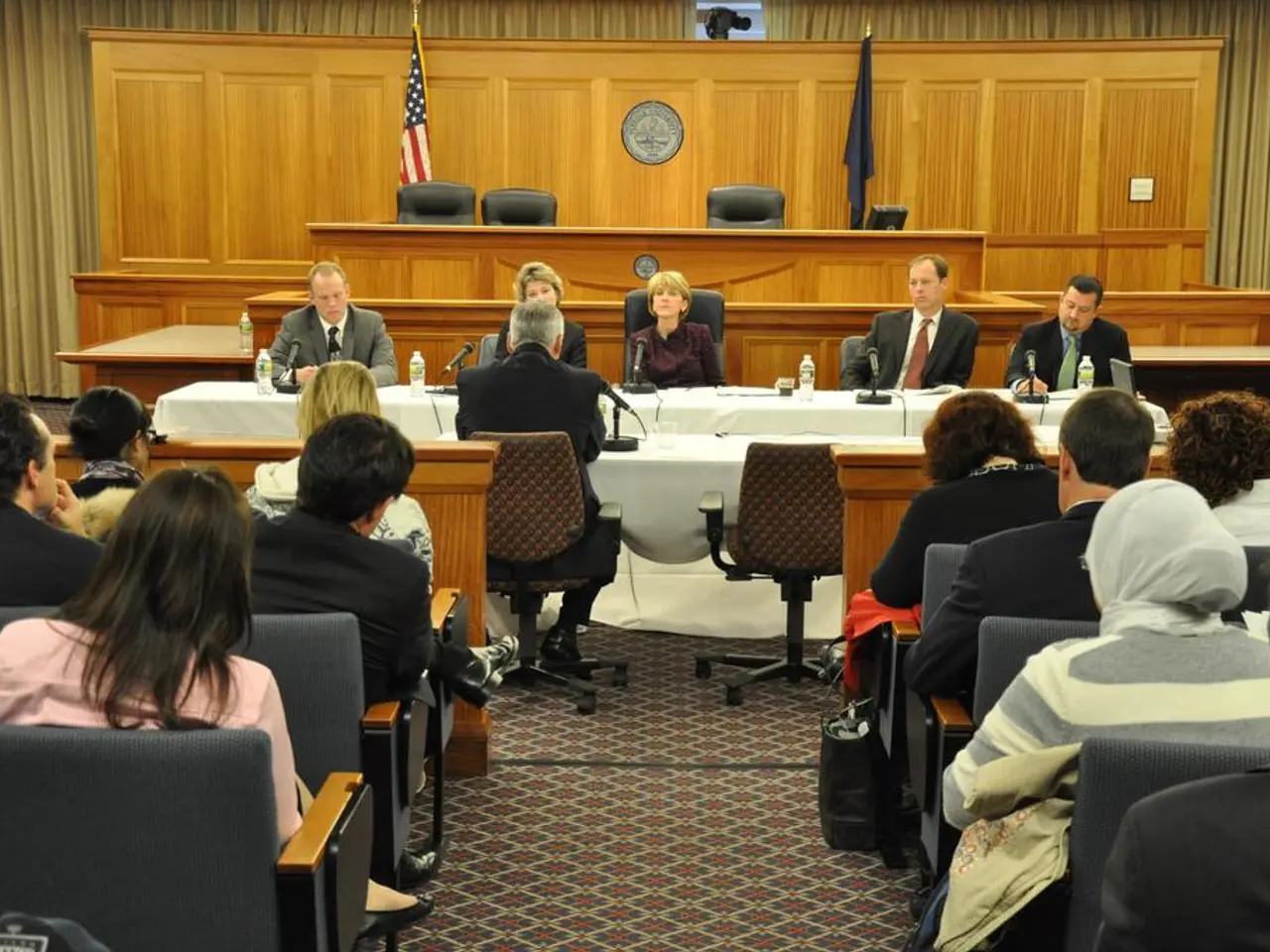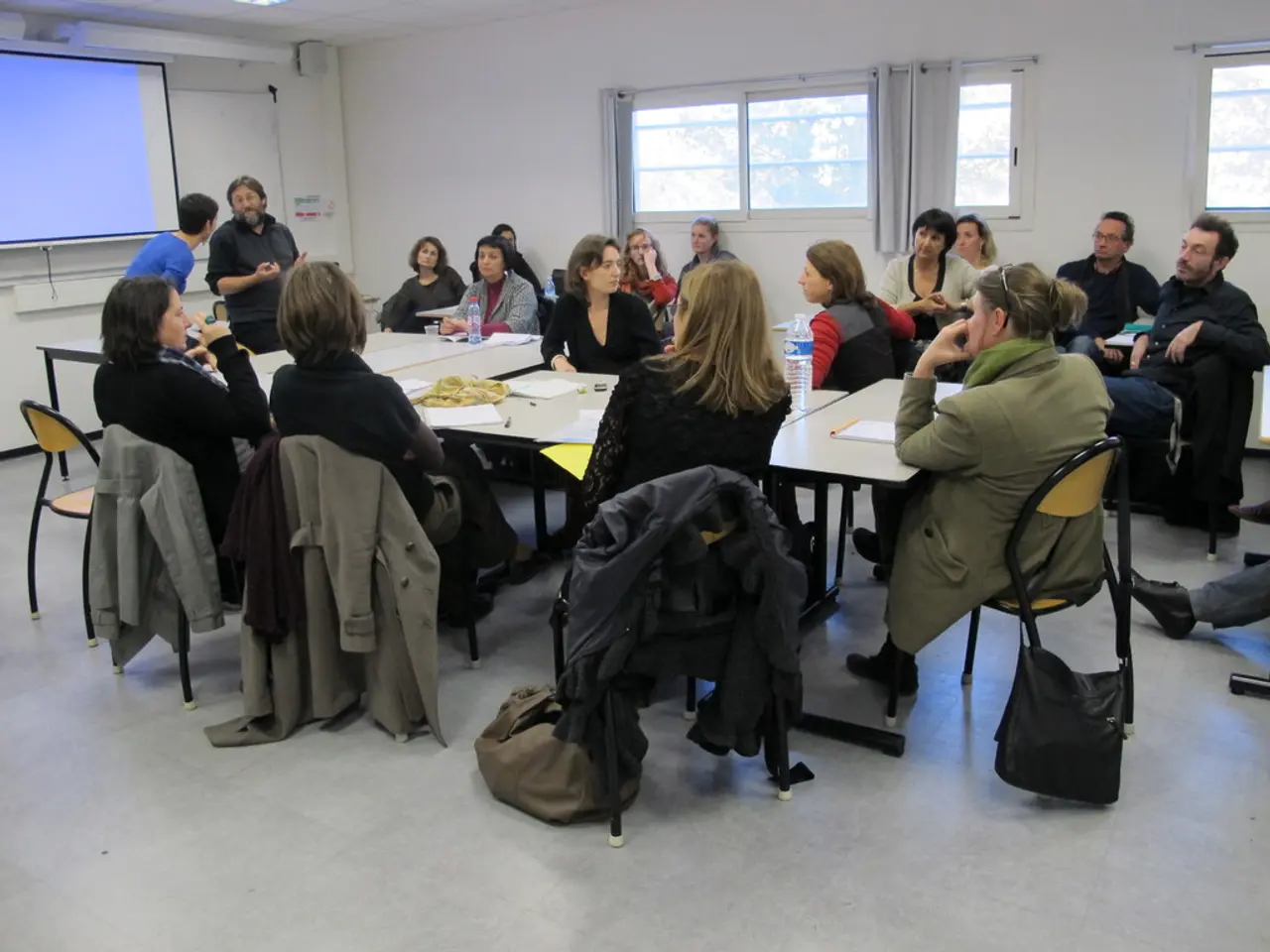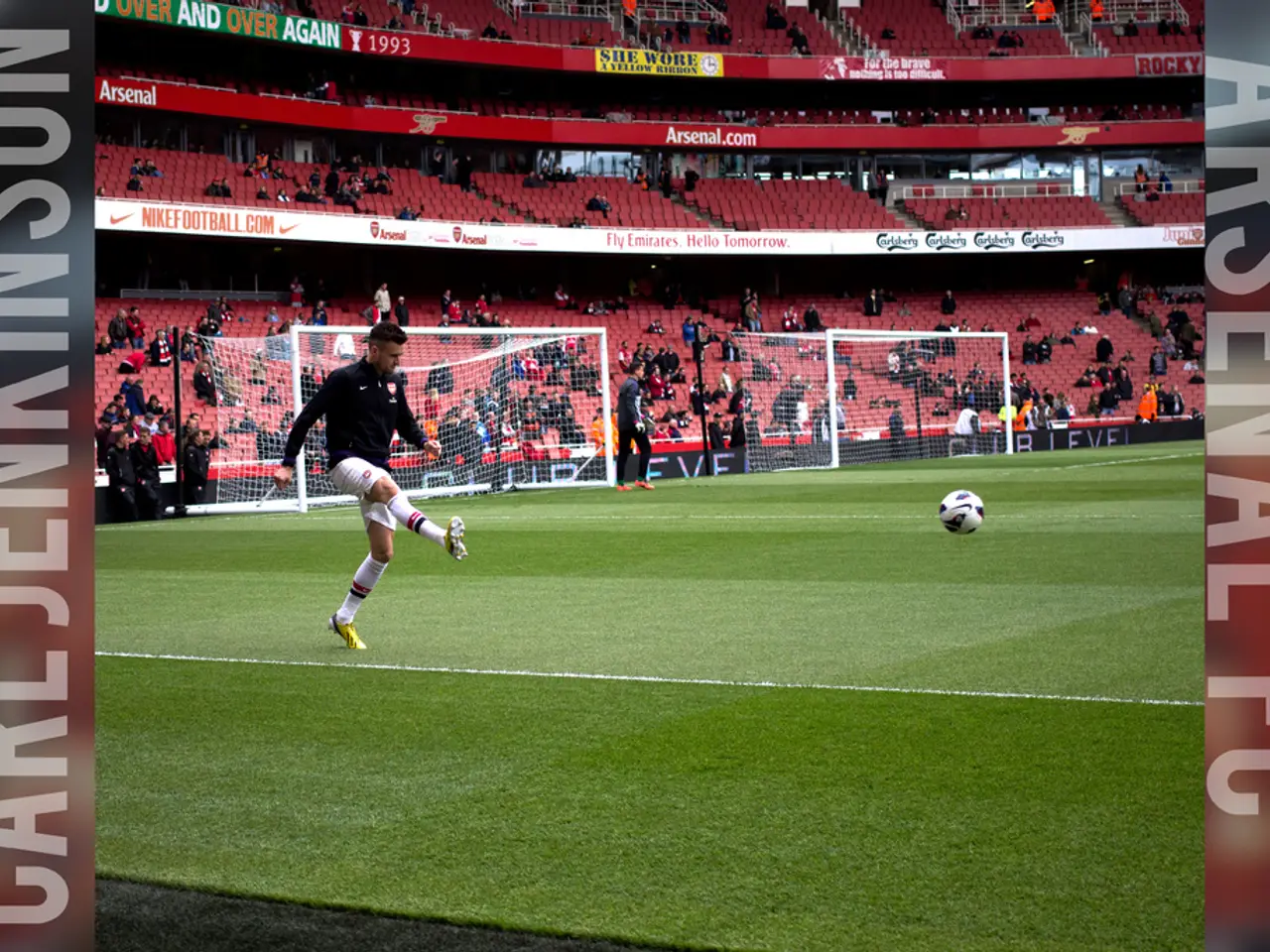Campaign Posters Explored: An Examination of Their Symbolism
In the city, where the municipal election is scheduled for September 14th, campaign posters remain an essential part of the electoral landscape, despite the rise of digital media and advertising. These posters serve as a harbinger of the upcoming election, appearing in lampposts and green spaces across the city.
While some experts argue that these posters can significantly impact voters' decisions, the effectiveness of these materials is a subject of debate among psychologists and scientists. The limited information provided by the political posters does not deter citizens from voting, as they continue to reach all population groups, even those who are well-established on social networks.
Posters help reinforce candidate name recognition and visibility in the community, which can be crucial in low-information elections such as many municipal races. Voters who see a candidate's name repeatedly on posters may feel more familiar with them when voting. However, the readability of some slogans on the posters has not been widely reported in the media, raising questions about their effectiveness in conveying clear messages.
Digital platforms and social media have significantly expanded channels for political communication, allowing campaigns to micro-target voters and convey detailed messages interactively. These platforms can overshadow traditional posters by providing richer information and engagement opportunities. However, some municipalities emphasize transparency and trust-building through informational posters and printed election materials to complement digital outreach efforts, indicating that physical materials still have a role in voter education.
The importance of campaign posters likely depends on the demographics and media habits of the local electorate. In communities with older voters or lower internet access, posters may retain more influence, whereas younger, digitally connected voters rely more on online content.
In summary, while campaign posters are no longer the primary driver of voter decisions in municipal elections due to the rise of digital media and advertising, they continue to serve a supplementary role in boosting candidate visibility and voter awareness, particularly among certain voter segments. The election on September 14th aims to protect democracy from those who wish to destroy it, and campaign posters will play a crucial role in the campaign leading up to that day.
General-news reports often discuss the impact of campaign posters on voters' decisions, even as digital media expands channels for political communication. Despite questions about effectiveness, these posters remain a key part of many election campaigns, reinforcing candidate visibility and name recognition. Politics in this city, with its older demographic and areas of lower internet access, may see posters continue to hold more influence compared to younger, more digitally-connected voters.
